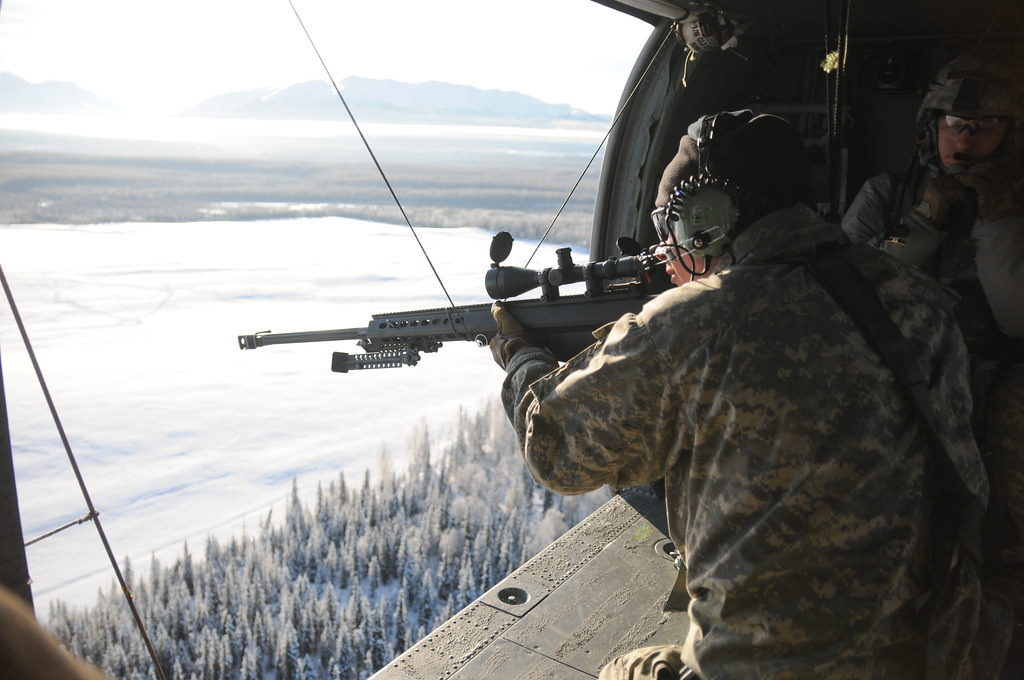
This post is also available in:
 עברית (Hebrew)
עברית (Hebrew)
The U.S. Army airborne snipers have been testing a new weapon. They have recently conducted the first airborne infiltration operational tests of what could potentially be the Army’s newest sniper system.
The CSASS (Compact Semi-Automatic Sniper System) is a compact weapon appealing to airborne forces and particularly Snipers who are typically armed with long barreled precision rifles. Being a product of battlefield evolution, the CSASS is more geared toward operations in urban environments and operating in and around armored vehicles where traditional length sniper systems can be cumbersome.
Current sniper systems are equipped with 20-inch barrels, sound suppression systems and full length stocks that provide accuracy and a stable firing platform required of any precision rifle. However, the CSASS will feature a reduction in overall length (with the suppression system attached) and an adjustable stock that provides maneuverability and promotes a stable firing position, according to defence-blog.com.
This will provide airborne snipers a more compact load during airborne infiltration operations and provide a precision rifle platform more conducive to their combat environment without reducing their lethality.
The critical task in testing any small arms platform intended for use by airborne forces is ensuring zero retention of the primary optic subsequent to airborne insertion. This is a critical gauge of the paratrooper’s lethality during airfield seizure and other follow on operations. To evaluate this performance measure of the CSASS, the test team employed a mobile weapons boresight collimator to ensure the snipers’ “pre-mission” zero was not degraded by shock associated with parachute infiltration.

























